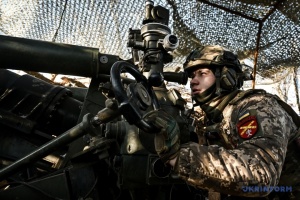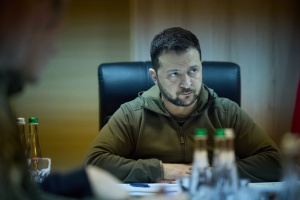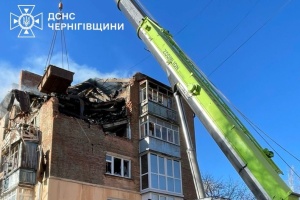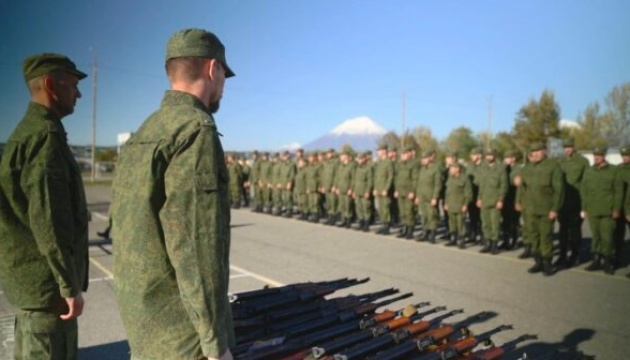
Life span of a Russian mobilized: Losses data analysis
InformNapalm has analyzed losses in the first month of Russian mobilization.
On the very first day, excited Russian draft officers began delivering the first “good-luck letters” to the newly minted Russian military men. Russian military districts raced to fulfill the mobilization targets in order to compensate for the losses in regular units at the expense of “mobiks”. The war from TV and patriotic Telegram channels suddenly entered the actual life of hundreds of thousands of civilian Russians. We did not see any mass protests against it. The protests culminated in a few videos from the Russian outback. A typical mobilized Russian is OK with making war on Ukraine, he just used to think that the regular army would take care of it for him.
The Russian press published tons of texts on how to legally delay mobilization, but subsequently switched to hints on how to properly prepare a mobilized man for the front – from advice on how to make a makeshift tourniquet from improvised materials, to checklists with what you need take from home to the front. Russian society goes to war against Ukraine en masse without any qualms.
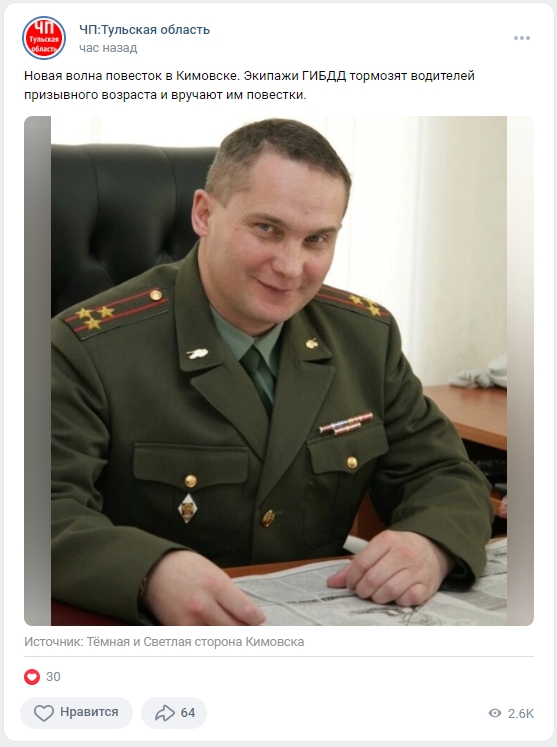
From a legal point of view, a mobilized Russian is infinitely worse-off than a contract soldier. Now, every Russian can sign a short-term contract with the army for a minimum of 3 months. Thus, such a “contract soldier” can call it quits after a quarter in the ranks.
A mobilized Russian remains in the army until the end of the war, but no one knows when it will end. This probably does not dawn on the majority of the mobilized Russians, and therefore they resignedly sign against the receipt of the draft notice. Then they just as resignedly come to the draft station, “just to clarify their data”, from where they are promptly taken to the front.
A whole series of obituaries about the fate of the mobilized Russians has already appeared in the Russian press. In some ways, this is reminiscent of the first weeks of March, when the Russians actively wrote about the first losses in the war. Subsequently, this topic got tired and turned into an everyday reality. However, the stories of “mobiks” can still be found in the Russian press, because this is a relatively new phenomenon. Even Russian journalists want to hype on the topic.
The Russian mobilized suffered their first losses from heart attacks at mobilization stations, some showed extraordinary alcoholic prowess in training camps or died due to hazing before reaching the army. A separate case is the execution of a group of mobilized men by the ethnic Tajiks at the training camp near Belgorod – the exact losses in this story are unclear. Also several videos circulated the press of the relatives searching for missing mobilized men who have not been in contact for a long time after mobilization.
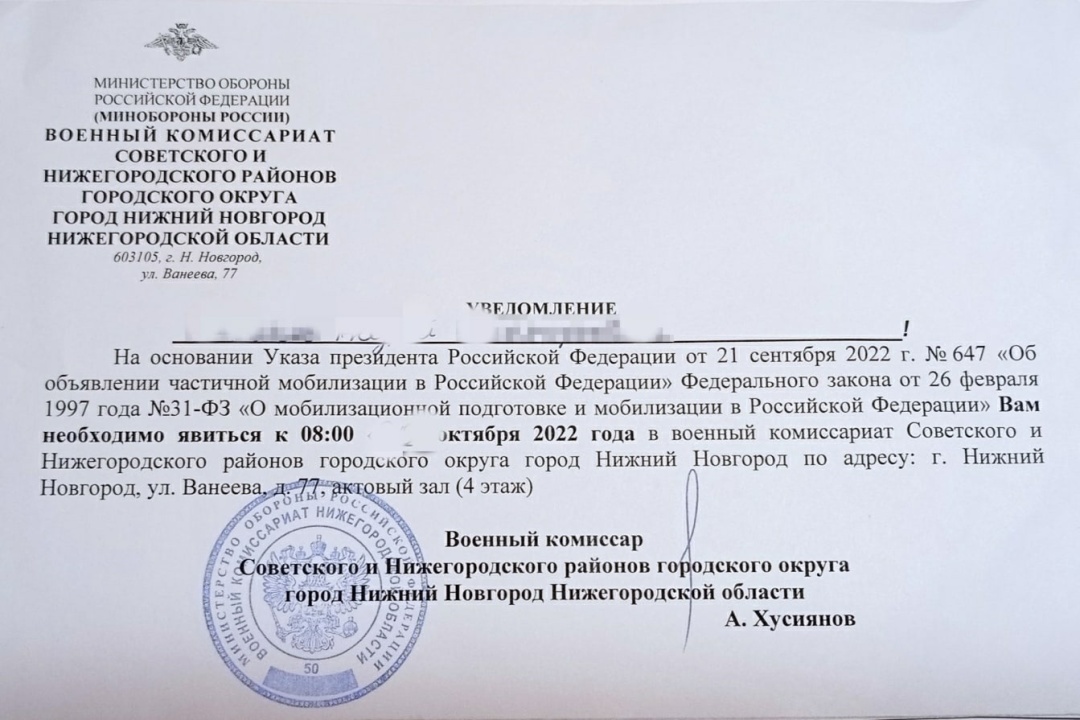
On September 22, Russian military draft offices began to deliver the first draft notices. Some were drafted into the army on the very first day and taken to training camps throughout Russia. For many, the way to the front took only a few days, and already in Ukraine, the Russian mobilized men began to die in truly massive numbers.
During the first month of mobilization, the names of at least 29 mobilized Russians killed at the front became known – information about them somehow made its way to the press or social media.
The Ukrainian OSINT expert “Necro Mancer” (Twitter account: @666_mancer) is gathering data of the Russian losses at the front. After analyzing the texts of obituaries, we supplemented the results of Necro Mancer with the dates of mobilization and the dates of arrival in Ukraine. So, what does a typical mobilized Russian killed in action look like?
Mobik vulgaris
The average age of a killed “mobik” is only 33 years. Most of them are privates or corporals. So far, only one killed officer in the rank of major has been recorded. Many of them do not need initial military training because they have recently discharged from the army or worked in law enforcement agencies.
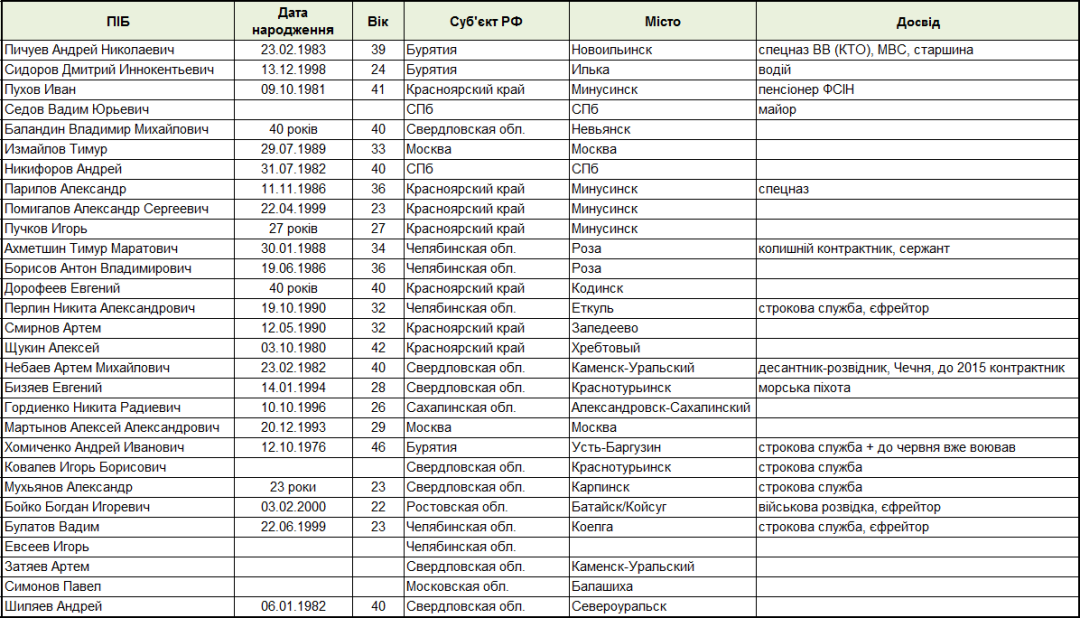
Some were paratroopers, military intelligence officers, special forces soldiers or marines. Some of them fought in Chechnya, served as a contract soldiers in the “counter-terror ops” in the Caucasus, worked for the police or the penitentiary system. That is, the killed Russian mobilized men are in a sense military men.
For example, a mobilized with the surname Khomichenko from Buryatia went to fight against Ukraine for the second time this year. Until June, he had already fought as part of the Russian regular army, and in September he landed for the second time in Ukraine, already as a mobilized soldier.
By the way, about Buryatia. The draft officers of some Russian regions sent their charges to Ukraine faster than others. The leaders in disposal of the mobilized were the Krasnoyarsk Krai and Sverdlovsk Oblast (7 pcs. each), closely followed by the Chelyabinsk Oblast (with 5 pcs.). Let us separately mark the capital regions – Moscow (3) and St. Petersburg (2). Every fifth Russian lives in the agglomerations of these two cities – mobilization could not have bypassed the metropolitan party-goers.
All the KIAs were called up in the first week of mobilization in September, but the first deaths surfaced only on the fourth of October. On the average, a mobilized man gets to Ukraine in just 7 days. However, there are also exceptions, when, within an express procedure, a “mobik” got to Ukraine on the third day after mobilization.
We could trace two main routes of getting into Ukraine through the obituaries. First – a training camp in Dzhankoy in the Crimea, followed by redeployment to the Kherson Oblast, or it could start with the Belgorod or Rostov Oblast, and from there – on to the Luhansk Oblast of Ukraine. It is interesting that some of those mobilized subsequently go again from the Luhansk to the Kherson Oblast.
It was possible to establish the place of death for 16 mobilized men. The majority die in the Kherson Oblast – 12 out of 16 in our data sample. And 4 pcs. were liquidated in the Luhansk Oblast. There is no information on the killed mobilized men in the Donbas yet.
We could partially establish the date of mobilization and arrival in Ukraine. From these data, the following conclusions can be drawn – a week after mobilization, a Russian “mobik” normally enters Ukraine. After 12 days upon mobilization, he dies in Ukraine. He manages to survive for about 4 days at the front.
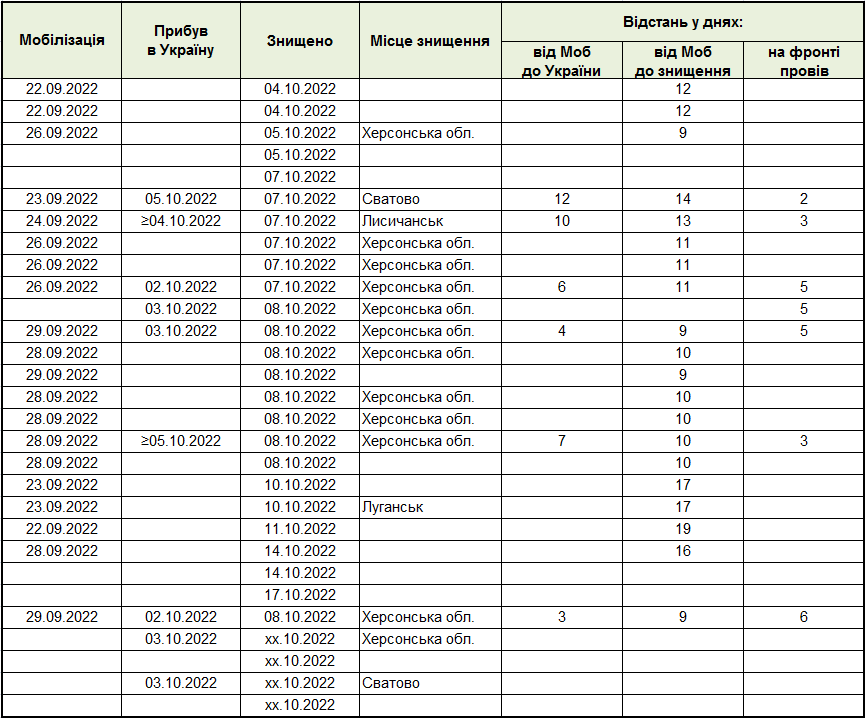
The Armed Forces of Ukraine do not forgive the Russians for the desire to wage war on Ukraine. The “sad” statistics of the first KIA mobilized roughly shows how a typical Russian mobilized man will fare against the motivated Ukrainian army. On average – 4 days to live, and then – KIA, WIA or POW.
The original text of the article: InformNapalm


